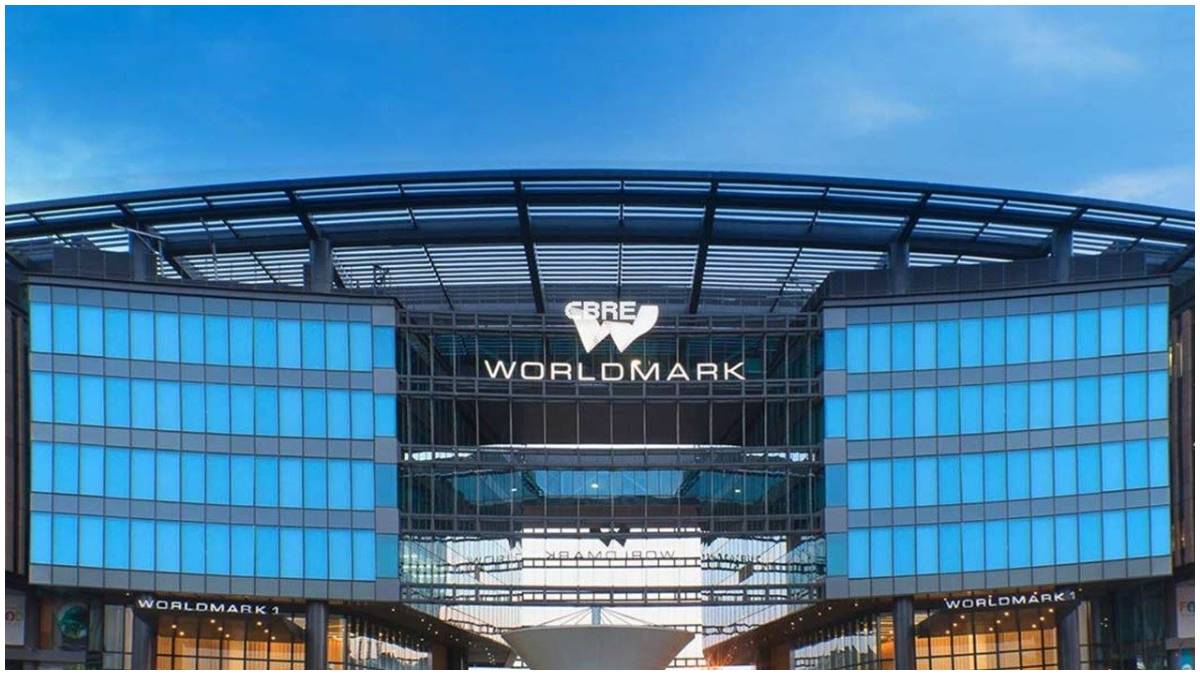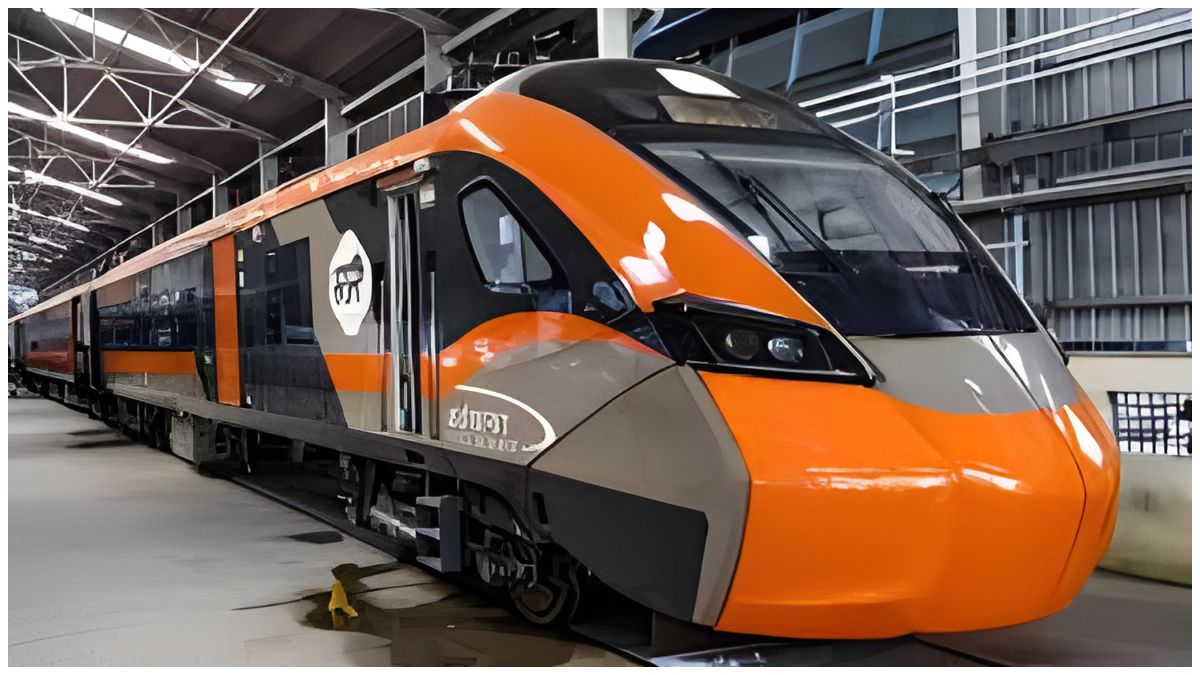India’s Largest Mall Coming Soon to Delhi Airport’s Aerocity
According to recent reports, by 2027, Aerocity at the Indira Gandhi International Airport will unveil India’s largest mall, spanning a whopping 2.8 million square feet. As part of the $2.5 billion expansion initiative known as Worldmark Aerocity, this monumental project aims to establish India’s pioneering aerotropolis—a metropolitan hub centered around an airport. Projections suggest an eightfold growth within the next five years for this ambitious endeavor.
Presently, Aerocity boasts 1.5 million square feet of leasable space, with plans to amplify this to over 10 million square feet by 2029 through two successive phases of expansion. The envisioned global business district within Aerocity will undergo a significant 6.5 million square feet augmentation, increasing the total leasable area to 18 million square feet. This extensive expansion will encompass office spaces, retail outlets, food courts, a large-scale mall, and public areas.
The responsibility for developing Aerocity was entrusted to Bharti Realty by Delhi International Airport Ltd (DIAL), backed by GMR. Bharti Realty holds the lease for Aerocity, in alignment with DIAL’s lease for airport development and operations, thereby maintaining state ownership unchanged.
SK Sayal, Managing Director and CEO of Bharti Realty, has laid out the plans for Aerocity’s expansion in phases 2 and 3. The developers will source the $2.5 billion investment for these phases through a combination of debt and equity. Phase 2 will witness the introduction of Worldmark 4, 5, 6, and 7, offering 3.5 million square feet of leasable space and featuring India’s largest mall, spanning 2.8 million square feet—three times the size of existing malls in Vasant Kunj. Phase 2 is slated to commence next year, with completion earmarked for March 2027.
Reports indicate that underground parking facilities for more than 8,000 cars will be available. Currently, Aerocity boasts 5,000 hotel rooms across 11 hotels, including prominent brands such as JW Marriott, Accor Group, and Roseate. Post Phase 2 completion, the number of rooms will escalate to 7,000 across 16 hotels. Esteemed brands like St. Regis and JW Marriott Marquis will join the area between the Aerocity metro station and the existing hotel hub.
Phase 1 has already attracted leading corporate entities such as Airbus, EY, IMF, KPMG, Emirates, and Pernod Ricard. Moreover, Brookfield, a renowned alternative investment management company, acquired a 51% stake in Bharti’s four commercial properties, including Aerocity Worldmark Phase 1, for an enterprise value of Rs 5,000 crore, two years ago.
Upon completion, Aerocity will accommodate 2 million professionals and attract an annual footfall of at least 30 million. This surge in activity could potentially drive IGI Airport to serve over 100 million passengers annually, prompting the replacement of T2 with the significantly larger T4. To cater to this growth, DIAL is developing India’s maiden interstate multi-modal transport hub near the Aerocity metro station, likely integrating an interstate bus terminus, Delhi Metro’s upcoming Phase 4 line, and the Rapid Rail Transit System station, including the station for the automated passenger mover or air train.
Presently, DIAL and the Union aviation ministry are deliberating on the optimal number of stops for the proposed air train connecting T1 on one end and T3/2 (or potentially T4 instead of T2 by the end of the decade). The airport operator favors incorporating two air train stations in Aerocity, while the ministry leans towards fewer stops to facilitate rapid intra-terminal transfers.






